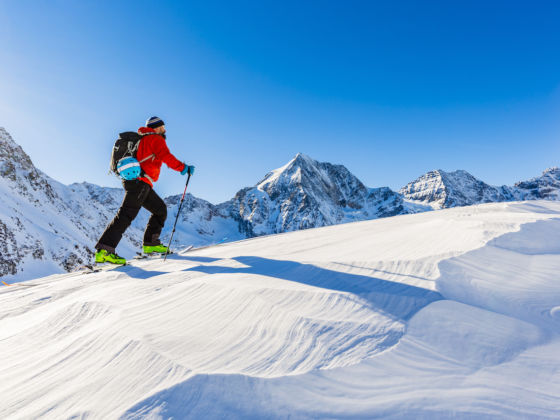With a tinge of fall creeping into the evening air, there’s no shame in dreaming about winter’s first snowfall. And for those tired of groomers and looking to ditch local lift lines (finally), now is the time to start prepping for your first backcountry adventure.
Ask yourself the following questions:
